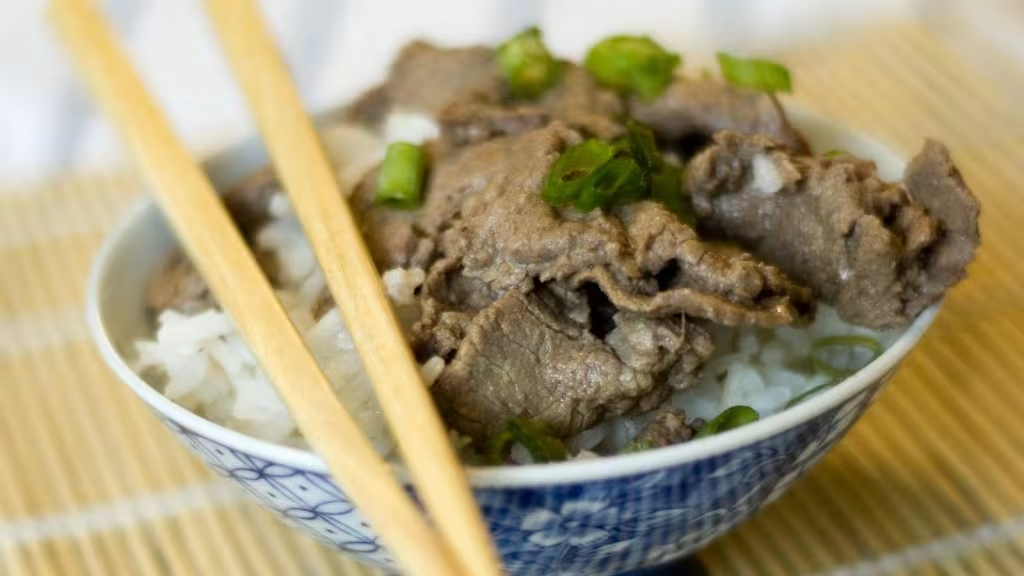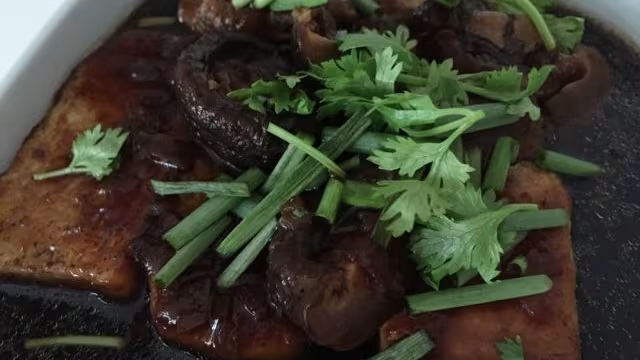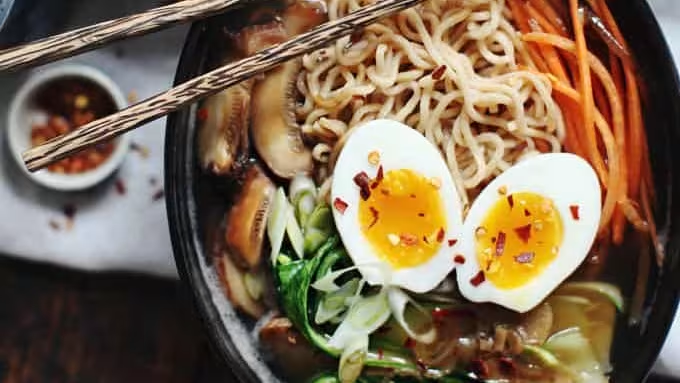
Deliciously Easy Thermal Cooking Asian Recipes: Master the Art of Flavorful Dishes
Written by Jessica Lopez
Published at 23-12-2024
Edited on 02/04/2025 | 06:47 PM
Asian RecipesCourse: Main Course
Cuisine: Asian
Difficulty: Easy
Servings
4-6 bowls
Prep Time
20 minutes
Cooking Time
40 minutes
Total Time
1 hour
Fat
12g
Protein
25g
Carbs
45g
Calories
400 kcal
Welcome to the wonderful world of thermal cooking Asian recipes, where time-saving techniques meet vibrant flavors! If you’re looking to simplify your cooking process while still enjoying the delightful tastes of Asian cuisine, you’re in the right place. Thermal cooking, a method that utilizes retained heat to cook food, is not only energy-efficient but also ensures that your meals are infused with rich flavors. Perfect for busy families or anyone who loves a good home-cooked meal without the fuss, thermal cooking allows you to prepare a variety of dishes with minimal effort. Asian cuisine is renowned for its bold flavors and diverse ingredients, making it a perfect match for thermal cooking.
Imagine preparing a comforting bowl of Thai curry or a hearty Japanese stew that simmers to perfection while you go about your day. With thermal cooking, you can achieve tender meats, flavorful broths, and perfectly cooked grains—all with the magic of heat retention. In this blog, you’ll discover easy-to-follow recipes that highlight the beauty of thermal cooking while incorporating traditional Asian ingredients. From spicy kimchi stews to fragrant coconut rice, these recipes are designed to tantalize your taste buds and impress your family and friends.
Whether you’re a seasoned home chef or a complete novice, thermal cooking is an approachable and rewarding technique that brings the essence of Asian cooking into your kitchen. So, roll up your sleeves, grab your thermal cooker, and let’s dive into the delicious, aromatic world of thermal cooking Asian recipes that will transform your meal prep and elevate your culinary skills!.


